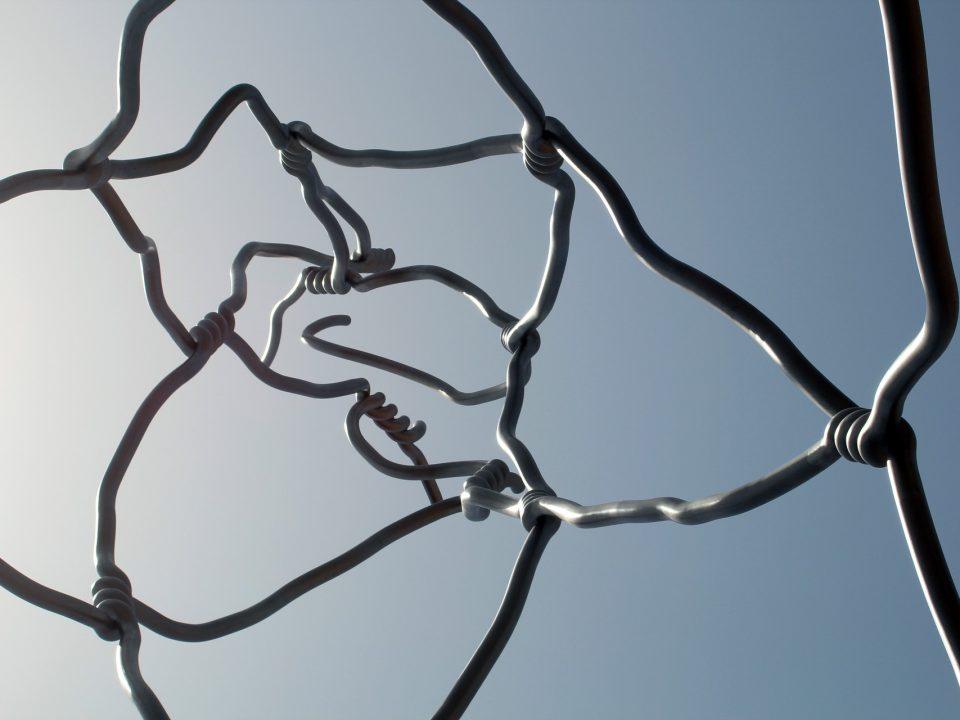Philadelphia Experiences “A Day Without a Woman”


The “Fearless Girl” statue installed on Wall Street in New York has quickly become a symbol for “A Day Without a Woman,” a national rally meant to highlight women’s importance to America socially and economically.
Have you ever stopped to consider how many times a day a woman contributes to your life? Whether she’s the one serving you your coffee at Starbucks, editing the stories you read on the morning train, supervising your job, or taking care of your children, it’s likely that at least several women are a part of your daily routine, the infrastructure that holds your life together. And yet, American women still receive lower wages than men for equal work and lack benefits commonly given to women in other countries, like paid maternity leave. It is the grinding frustration of these inequalities (and the perceived give-no-cares attitude of the current presidential administration) that inspired A Day Without a Woman, which was held yesterday on International Women’s Day, March 8th.
Philadelphia women and their allies took part in a march yesterday in Center City to commemorate A Day Without a Woman. Many took time off of work, forcing their employers to confront their importance in the workplace. Others wore red as a sign of support. The marchers gathered in Logan Square and moved towards Thomas Paine Plaza. Organizers of the march, the same women who organized the Women’s March in January, exhorted attendees to not spend their money all day long as a sign of their economic strength and impact.
According to NBC10, “Spokeswoman Cassady Findlay said organizers were inspired by the recent “Day Without an Immigrant” protests held last month. She said the action is aimed at highlighting the effect of women on the country’s socioeconomics system and demonstrating how women’s paid and unpaid work keeps households, communities and economies running.” Findlay pointed to women’s lower rate of pay, the incidence of sexual harassment and misogyny in the workplace, and unequal benefits as problems that women face.
Over one hundred women participated in the rally.



